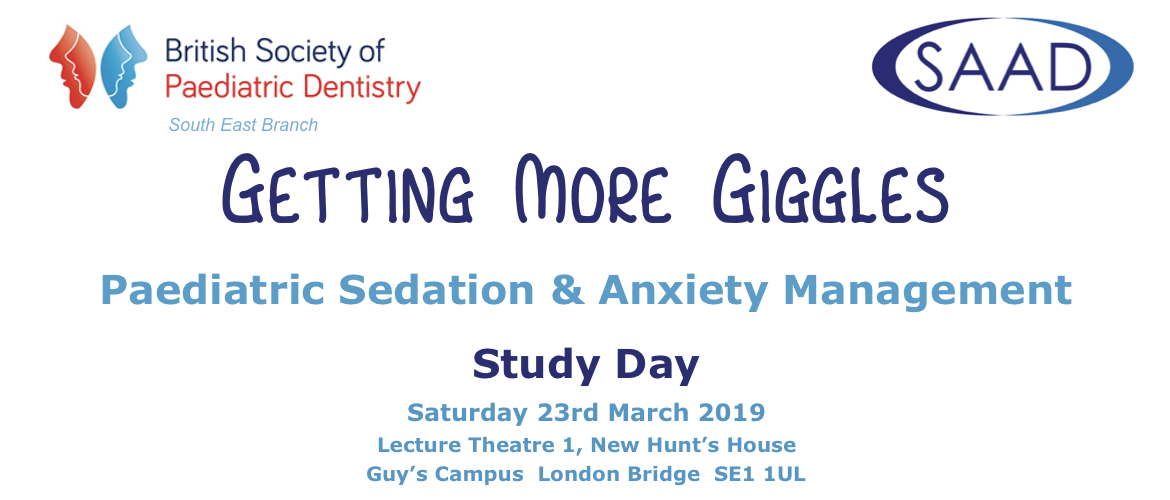| 09:00 |
Registration and Refreshments |
| 09:50 |
Welcome to the Study Day |
Yi Kwan Loo |
| |

Dr Yi Kwan Loo
BDS MFDS RCS (Edin) DipConSed AFHEA
Yi is Deputy Sedation Lead in the Paediatric Department at King’s College Dental Institute. She has a background providing basic and advanced adult and paediatric sedation in NHS and private practice, community and hospital settings and has experience teaching sedation and paediatric dentistry at undergraduate and postgraduate levels. She is a SAAD Trustee and part of the SAAD Teaching Faculty and Editorial Board. Yi is currently a Paediatric Specialty Registrar based at King’s College Dental Institute and Kent Community Health Foundation Trust and is a member of the BSPD SE Branch committee.
|
| 09:55 |
Introduction from the SAAD President |
Steve Jones
|
| |
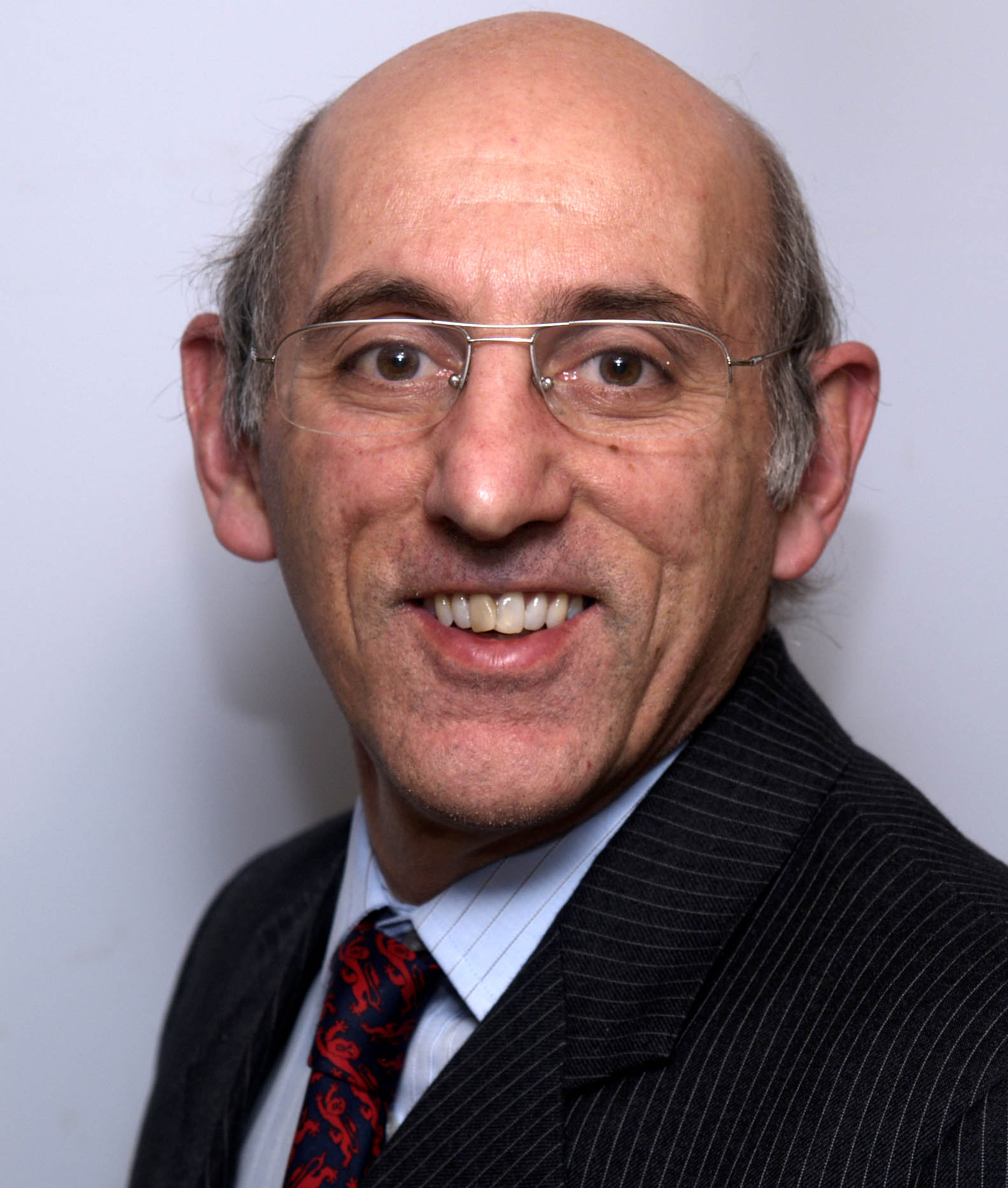
Dr Steve Jones
BDS MSc DDPH Diploma in Dental Sedation and Pain Control
Clinical Lead for Dental Sedation, University of Central Lancashire (UCLAN)
Upon graduation, general dental practice was entered where inhalation sedation and intravenous techniques were developed further to attendance at SAAD National Courses. Four years later a career in the community dental service commenced culminating in the appointment as Clinical Director of the Trust-based service throughout Cumbria from 1997 to 2017. Clinical responsibilities focussed on the delivery of care to highly anxious and phobic patients using the full range of basic sedation techniques. After retirement in 2017, a part-time role commenced with the University of Central Lancashire (UCLAN) as Clinical Lead for Dental Sedation with a particular responsibility for the introduction and development of dental sedation to dental students, dental hygienists & therapists and also to clinical tutors who supervise those on undergraduate programmes.
|
| 10:00 |
Putting the Buzz into Paediatric Sedation: to Infinity and Beyond |
Richard Welbury |
| |
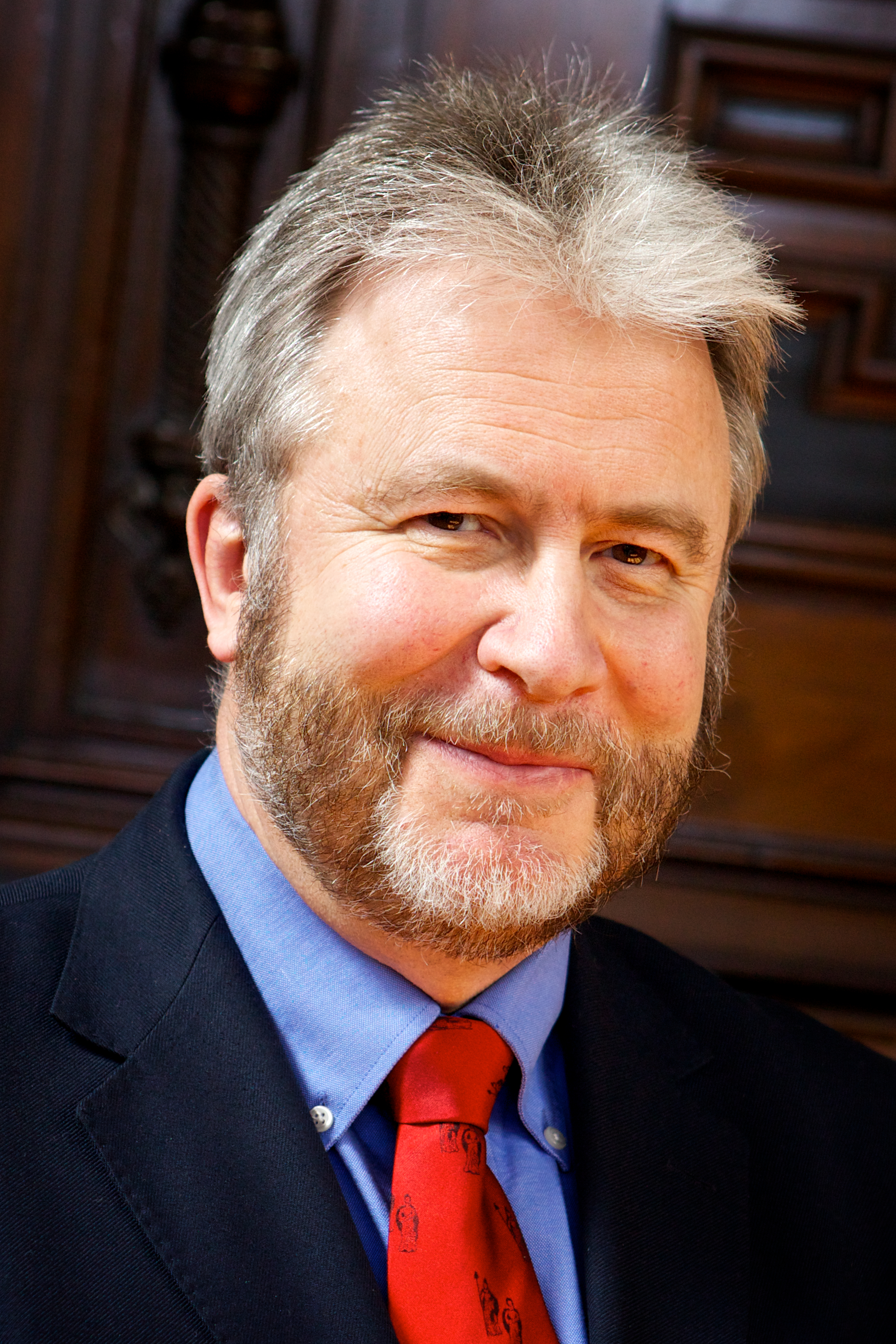
Professor Richard Welbury
MBBS BDS PhD FDSRCS FDSRCPS FRCPCH Hon FFGDP
Professor / Hon. Consultant in Paediatric Dentistry. University of Central Lancashire, and Cumbria Foundation NHS Trust.
Richard Welbury graduated dentistry (1978), medicine (1984), PhD (1989) and appointed Consultant/Senior Lecturer in Newcastle (1991). Between 2001- 2015 he was Professor of Paediatric Dentistry/Director of PG Education in Glasgow. In November 2015 he joined the University of Central Lancashire as Professor and Hon. Consultant.
Richard was previously Chair of the SAC, Chair of the Bi-Collegiate MPaed Dent Board, Intercollegiate Exit Fellowship Examiner and Board member and a Training Programme Director for 15 years. He has published over 200 scientific articles, 12 book chapters and is a co-author of six textbooks.
Richard was Secretary (1991-94) and President BSPD (2001-2002), President of the European Academy of Paediatric Dentistry (2006-2008) and Dean of the Dental Faculty of the Royal College of Physicians and Surgeons of Glasgow (2013-2016).
Learning Outcomes:
- Historical and current agents
- Future Considerations
Abstract:
Fear and anxiety about dental treatment in children may lead to uncooperative behaviour and management problems for the dentist. Not only can this be very challenging for the dentist and a barrier to successful dental treatment for children but it can result in children’s tooth decay going untreated or at the very least treated late with perhaps a poorer outcome. Sedation can be used to relieve anxiety and manage challenging behaviour in children undergoing dental treatment.
We must regularly reflect and reassess from published research which agents, dosages and regimens are most effective. At the moment there is not a great volume of evidence of sufficient quality to satisfy the rigours of a Cochrane Review. If we want to provide the best for our young patients then we need to push for further well designed and well reported clinical trials to evaluate the variety of sedation agents.
Currently there is some moderate quality evidence that oral midazolam is an effective sedative agent for children undergoing dental treatment. Perhaps in the future we should be advocating research that compares experimental regimens with oral midazolam or inhaled nitrous oxide.
|
| 10:20 |
That Happy Air Stuff |
Clare Ledingham |
| |
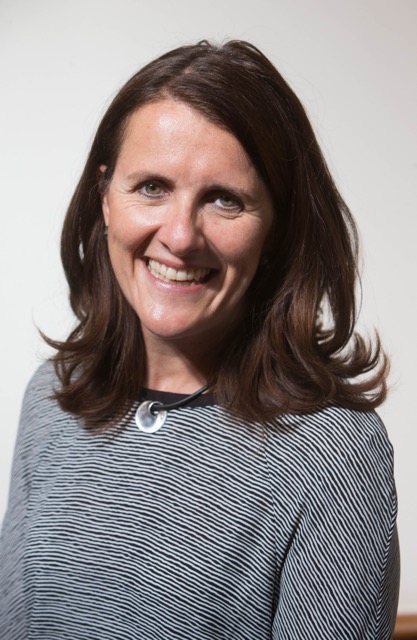
Dr Clare Ledingham
BDS MSc (Paed Dentistry) PhD Specialist Registration in Paediatric Dentistry MFDS RCPS Glasgow
Specialist Paediatric Dentist, Mersey Care NHS Foundation Trust
Chair, Cheshire and Merseyside Paediatric Dentistry Managed Clinical network
Hon. Secretary BSPD
Clare is a Specialist Paediatric Dentist working in the Community Dental Service in Liverpool.She qualified from the University of Bristol Dental School and completed a Masters in Paediatric Dentistry at the Eastman Dental Hospital, University of London, before going on to obtain her PhD at the University of Liverpool.
She has had experience of community, hospital and academic dentistry and has, for most of her career, been an active member of the British Society of Paediatric Dentistry (BSPD), both at local and national level and for whom she is now Honorary National Secretary.
She was a member of the steering group for the development of the NHS England Commissioning Standards for Paediatric Dentistry and is also on the Public Health England Child Oral Health Improvement Programme Board. She was also invited to be the BSPD representative on the SDCEP Guideline Development Group for Dental Sedation.
Clare's clinical work involves treating child patients referred from General Dental Practitioners, most of whom require treatment under general anaesthetic or inhalation sedation.
Learning Outcomes:
- Describe how nitrous oxide can be used for sedation in dentistry
- Identify patients for whom nitrous oxide sedation would be suitable
- Detail the pre-operative equipment checks
- Explain the clinical procedure
Abstract : To follow
|
| 11:05 |
Morning Refreshments |
| 11:35 |
Intravenous Sedation in Paediatric Dentistry
|
Liege Matharu
|
| |
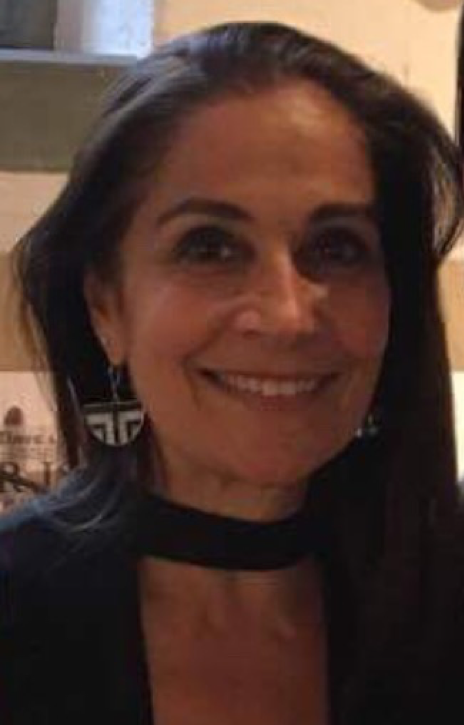
Dr Liege Matharu
BDS MSc MClinDent DipSed
Retired Associate Specialist in Paediatric Dentistry at King's College Hospital, UCLH and Weymouth Practice
Liege qualified in 1982 in Brazil. She completed a Master degree in Oral Medicine and a Clinical Master degree in Paediatric Dentistry at the Eastman Dental Institute. She obtained Membership of the Faculty of Dental Surgeons of The Royal College of Surgeons (Eng) and a Diploma in Sedation from Guy’s Hospital. She was the Chair for the British Society of Paediatric Dentistry (BSPD), South East Branch 2009-2010.
Learning Outcomes:
- The management of young adults receiving dental treatment under IV sedation
- The impact of the current guidelines on sedation in Paediatric dentistry
Abstract:
Fear, behavioural problems and dental anxiety may create barriers for young adults who need dental treatment. The first strategy to managing these patients is behaviour management followed by standard sedation with nitrous oxide. However, some young patients may still require treatment under general anaesthesia. To avoid this, intravenous sedation with midazolam may be an alternative, although the practice of IV sedation in Paediatric Dentistry is still in its infant stage. The current guidelines have had an impact on the use of midazolam sedation for children under 12 years of age. Evidence based studies are necessary to help future guidelines regarding midazolam sedation in Paediatric Dentistry
|
| 12:20 |
Training and Accreditation in Sedation for Paediatric Dentists |
David Craig
|
| |

Dr David Craig
MBE FDS RCSEd
Consultant, Honorary Senior Lecturer, Head of Sedation & Special Care Dentistry at Guy’s & St Thomas’ NHS Foundation Trust, King’s College London Dental Institute and Visiting Professor at the University of Portsmouth.
David has over 30 years’ experience teaching conscious sedation techniques to undergraduate students, dental and medical practitioners and has served on dental and multidisciplinary groups preparing guidelines for safe sedationpractice. He has held substantive appointments in oral surgery, anaesthesia and primary dental care
Learning Outcomes:
- Understand the rationale for IACSD’s recommendations on training
- Describe the training requirements for ‘Basic’ and ‘Advanced’ techniques in Primary and Secondary care settings
- Outline to training options currently available
- Describe the role of the Sedation Training Accreditation Committee (STAC)
Abstract:
‘Where conscious sedation is provided, all members of the care team must have undertaken appropriate and validated education and training and have demonstrated an acceptable level of competence by means of a robust assessment process’. (NHS England, 2017)
This presentation will explain the rationale behind the Intercollegiate Advisory Committee for Sedation in Dentistry (IACSD, 2015) recommendations on training and differentiate the requirements for ‘Basic’ and ‘Advanced’ techniques for paediatric patients in Primary and Secondary care settings. Current training options for dentists and DCPs and the role of the Sedation Training Accreditation Committee (STAC) will be outlined
|
| 12:50 |
Question Session |
Janet Davies |
| |
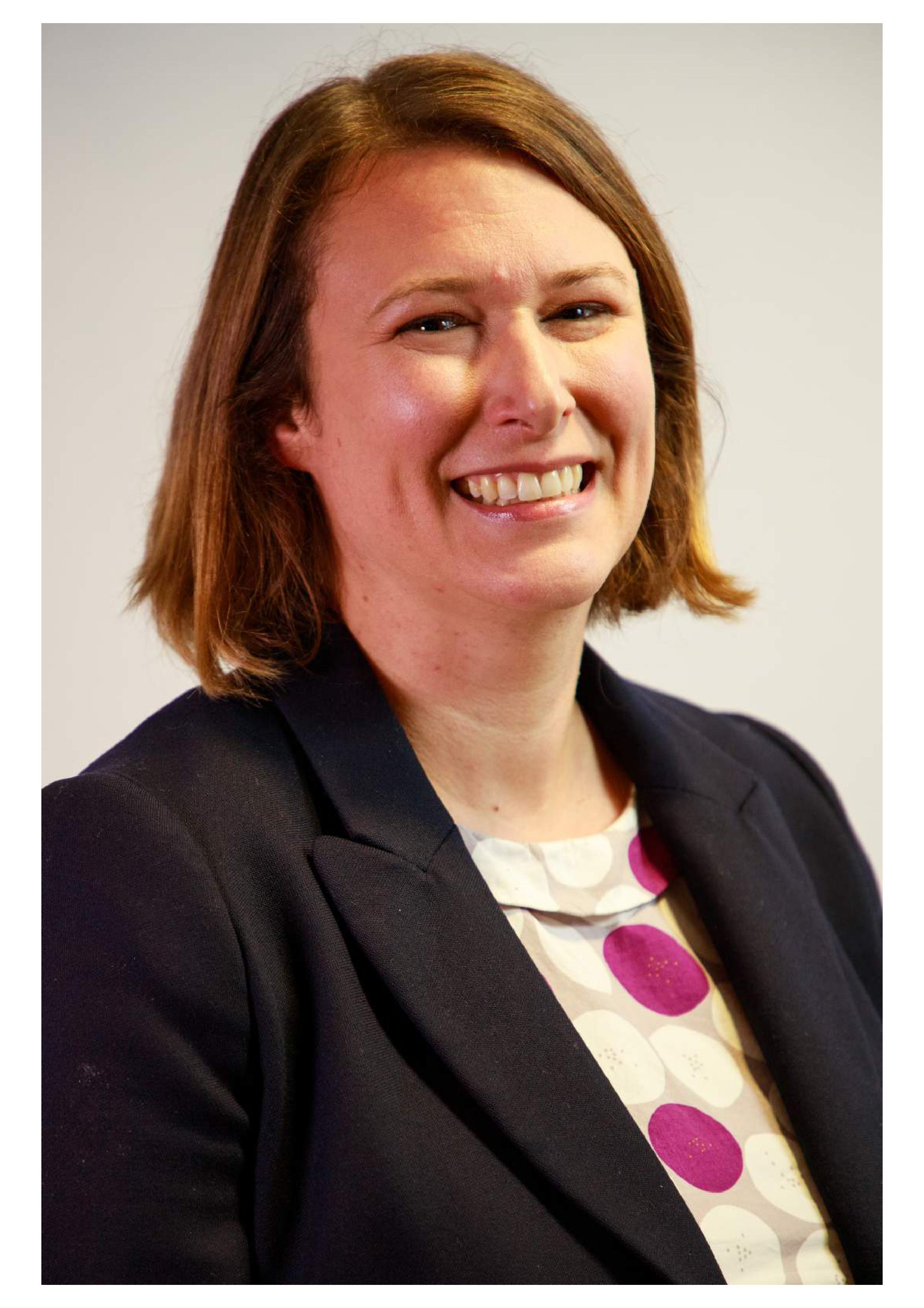
Dr Janet Davies
BSc (Hons) BDS PGCert PhD MPaed Dent (RCS) FDS Paed Dent (RCS) FHEA
After qualifying from Bristol University in 2000, Janet worked in Plymouth and Cardiff before starting her academic training at the Royal London Hospital. Janet currently works as a Clinical Senior Lecturer/ Hon. Consultant in Paediatric Dentistry at Barts. and The London School of Medicine and Dentistry, Queen Mary University of London.
Janet is current chair of the BSPD South East branch and her sedation interests include education and training (particularly at post graduate level) and the role of dental therapists in providing paediatric sedation.
|
| 13:00 |
Lunch |
| 14:00 |
Hypnotic Technique With and Without Trance |
Charlotte Davies |
| |
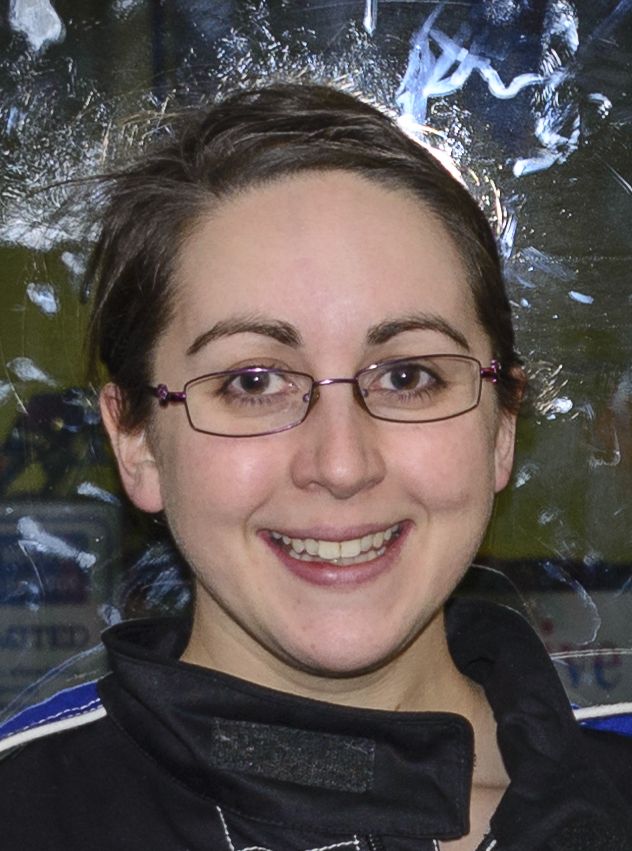
Dr Charlotte Davies
BChB FRCEM MEd
Consultant in Emergency Medicine
Charlotte is an EM Consultant, with a special interest in hypnosis. To develop this interest, Charlotte is on the council of the British Society of Academic and Clinical Hypnosis (BSCAH). Charlotte is also interested in how professionals can use hypnotic techniques to assist them in their work - as Charlotte believes many of them do this without realising.
Charlotte has completed BSCAH foundation training, and regularly attend hypnosis CPD events, as well as medical CPD events.
Learning Outcomes:
- Define and give examples of nocebo
- Understand the core components of hypnosis
- Suggest ways in which hypnosis might be utilised in your core practice
Abstract:
Hypnosis is a technique that many providers use with or without realising it. By becoming increasingly aware of the words we use, and other techniques, hypnosis can be useful in all patients - with, or without trance.
|
| 14:30 |
Children with Dental Fear and Behaviour Management Problems: New Directions |
Tim Newton &
Geanina Bruj
|
| |
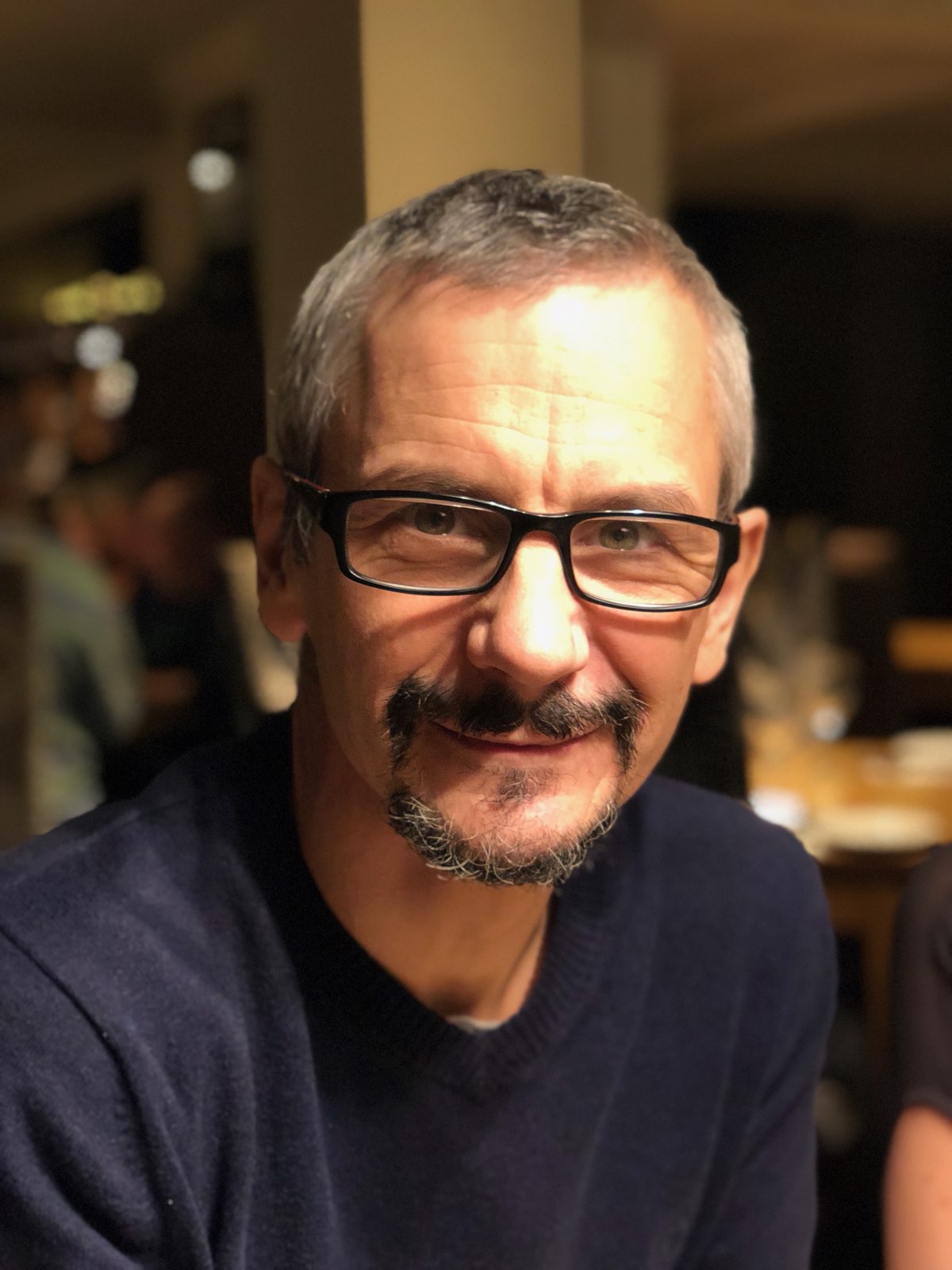
Professor Tim Newton
BDS MSc MFDS DSCD
Professor King’s College London Dental Institute
Tim Newton is Professor and Consultant in Psychology as Applied to Dentistry at King’s College London Dental Institute. He is also Honorary Consultant Health Psychologist to the Office of the Chief Dental Officer (England) and an Honorary Professor at University College London.
An IADR distinguished scientist, he is a world authority on the application of psychological theory in dentistry. His particular interests include the management of dental anxiety and interventions to enhance oral health related behaviour.
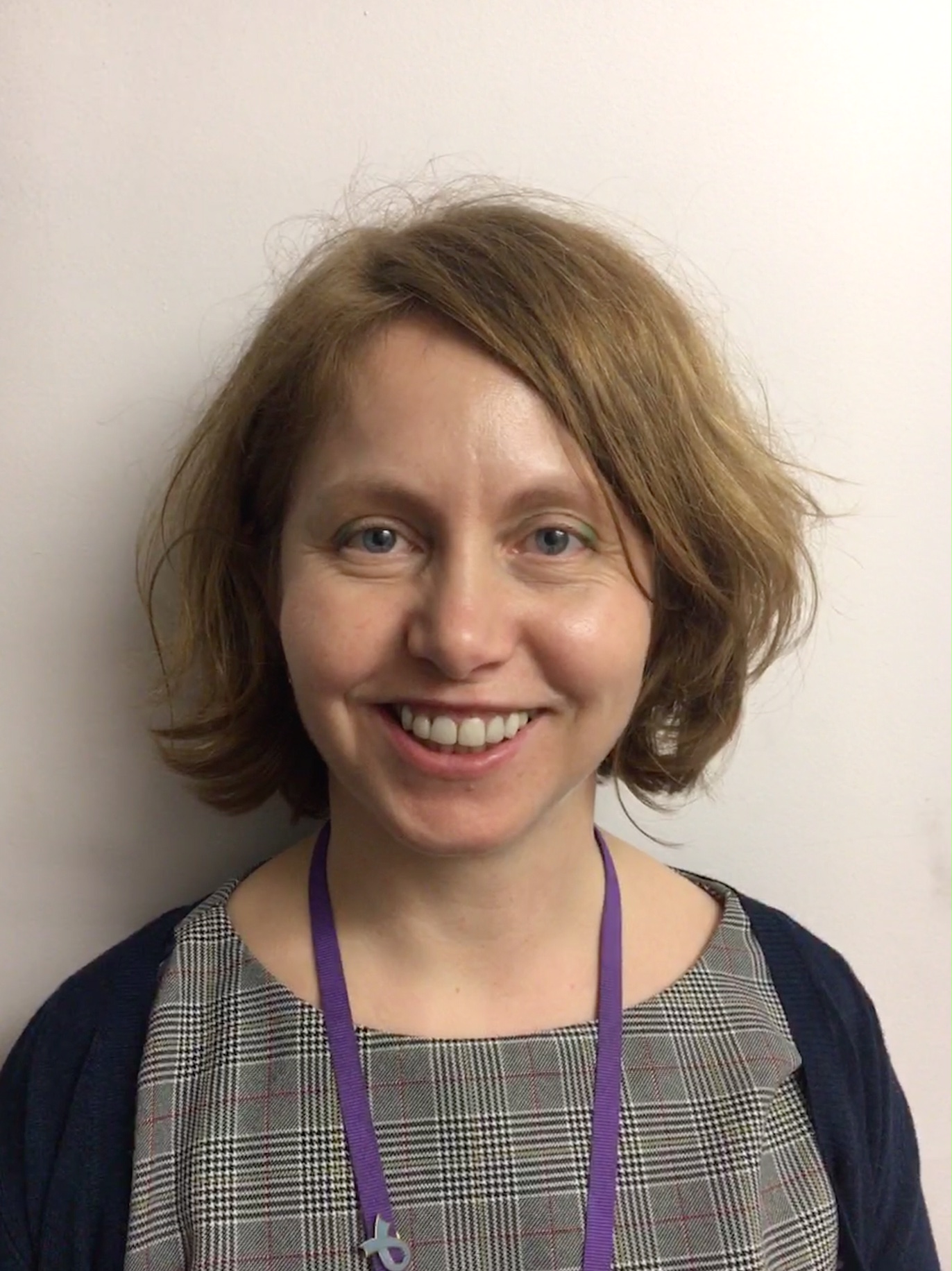
Geanina Bruj
Clinical Nurse Specialist, Dental Health Psychology Team at Guy’s & St Thomas’s NHS Foundation Trust
Geanina is a Clinical Nurse Specialist working within the Dental Health Psychology team at Guy’s & St Thomas’s NHS Foundation Trust, providing Cognitive Behaviour Therapy for patients with dental phobia and other dental-related issues. Bringing her clinical experience about dentistry to the group, Geanina undertakes work with patients who are dentally phobic, those with a hypersensitive gag reflex and individuals with ongoing facial pain. Having previously worked in specialist paediatric dentistry settings, Geanina is particularly interested in graded exposure based methods for managing dental fear in children and young adults.
She is a qualified sedation dental nurse and currently, is doing her Masters in Health Psychology.
Learning Outcomes:
- Be able to define Cognitive Behaviour Therapy (CBT)
- Have a knowledge of the evidence base for the use of CBT for dental fear in children
- Be able to describe strategies for the use of techniques based on CBT with children
Abstract:
Cognitive Behaviour Therapy (CBT) is a powerful, evidence based technique for helping children and adults to overcome fear and its behavioural manifestations. The core of the approach with respect to fear is the use of graded exposure to reduce avoidance of the feared stimulus, and to learn a more helpful range of coping behaviours in the presence of the feared object. On a practical level this requires the collaboration of dental teams and therapists trained in the techniques of CBT. In this talk we will outline our approach to implementing CBT for dental phobia in children and young people based around four key areas: the creation of a warm and welcoming environment conducive to co-operation; building rapport and trust; teaching coping skills; and rewarding the child’s effort in overcoming their fear.
|
| 15:15 |
Setting up a Paediatric Sedation Practice
Practical Tips from a Paediatric Dentist
|
Prabhleen Anand
|
| |
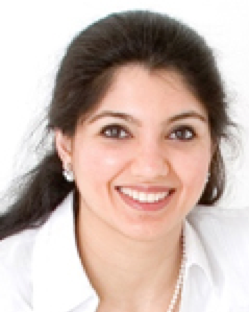
Dr Prabhleen Anand
BDS IQE MMedSc FDSRCS(Eng) MPaedDent FDS(Paed Dent)
Consultant in Paediatric Dentistry and Specialist in Oral Surgery
Prabhleen Anand qualified in 1996. She completed an MMedSc in Oral Surgery from Queens University, Belfast in 1998. She was awarded a Fellowship in Dental Surgery from the Royal College of Surgeons, England in 1999. She entered the Specialist list in Surgical Dentistry in 2002. She sought a further specialisation in Paediatric Dentistry at Guys Hospital, London and completed her Specialist Registrar training to be awarded a Membership in Paediatric Dentistry at the Royal College of Surgeons, England. She entered the specialist list in Paediatric Dentistry and got her Certificate of Completion of Specialist Training in Paediatric Dentistry in 2003. In 2006 she was awarded a Fellowship in Paediatric Dentistry at the Royal College of Surgeons, England.
Prabhleen is currently a Consultant and Honorary Senior Lecturer and Clinical Lead in Paediatric Dentistry at The Eastman Dental Hospital, University College Hospitals NHS Trust, London. Her areas of special interest are sedation, pain control, oral surgery, trauma and general anaesthesia. She set up an IV sedation service in the Paediatric dental department in 2008 at the Eastman Dental Hospital, which has been successfully running for 10 years now. She is the lead on IV sedation in the department.
She also carries out private dental care for children and is familiar with practice settings too.
Learning Outcomes:
- Knowledge of how to assess suitability of paediatric patients for sedation in different settings
- What equipment is required for setting up a sedation service
- Audit and governance requirements for a sedation practice
- Training and CPD requirements for the sedation team in practice
Abstract:
Sedation is an adjunct to carrying out dental treatment for anxious children. For those that treat children in the primary, secondary or tertiary care environments, will know that sedation is a practice builder and an invaluable tool to help this cohort of patients and could help avoid a general anaesthetic where possible too.
We look at how to choose patients for the different settings we work in and how to set up a safe sedation practice for children. Some tips are provided that are useful to ensure governance around sedation is maintained. Staff helping with sedation should be properly trained to deliver sedation in practice and we will briefly look at this to ensure you have the right support for your setting. There will also be some practical tips on equipment you will need for assessment and treatment. Finally a paediatric sedation pathway will also be looked at to help summarise how it could practically work for those planning to set up a paediatric sedation service.
|
| 15:55 |
Question Session & Close of Study Day |
Janet Davies |
| 16:10 |
Close |
Safe Journey Home!
We look forward to seeing you at:
BSPD SE Branch Members Papers & AGM
Tuesday 14th May 2019
Weston House, Great Ormond Street
BSPD SE Branch
SAAD Symposium
Saturday 28th September 2019
The Bridgewater Hall, Manchester
www.saad.org.uk
|
SAAD & BPSD SE Branch reserve the right to make adjustments to this programme.
|
